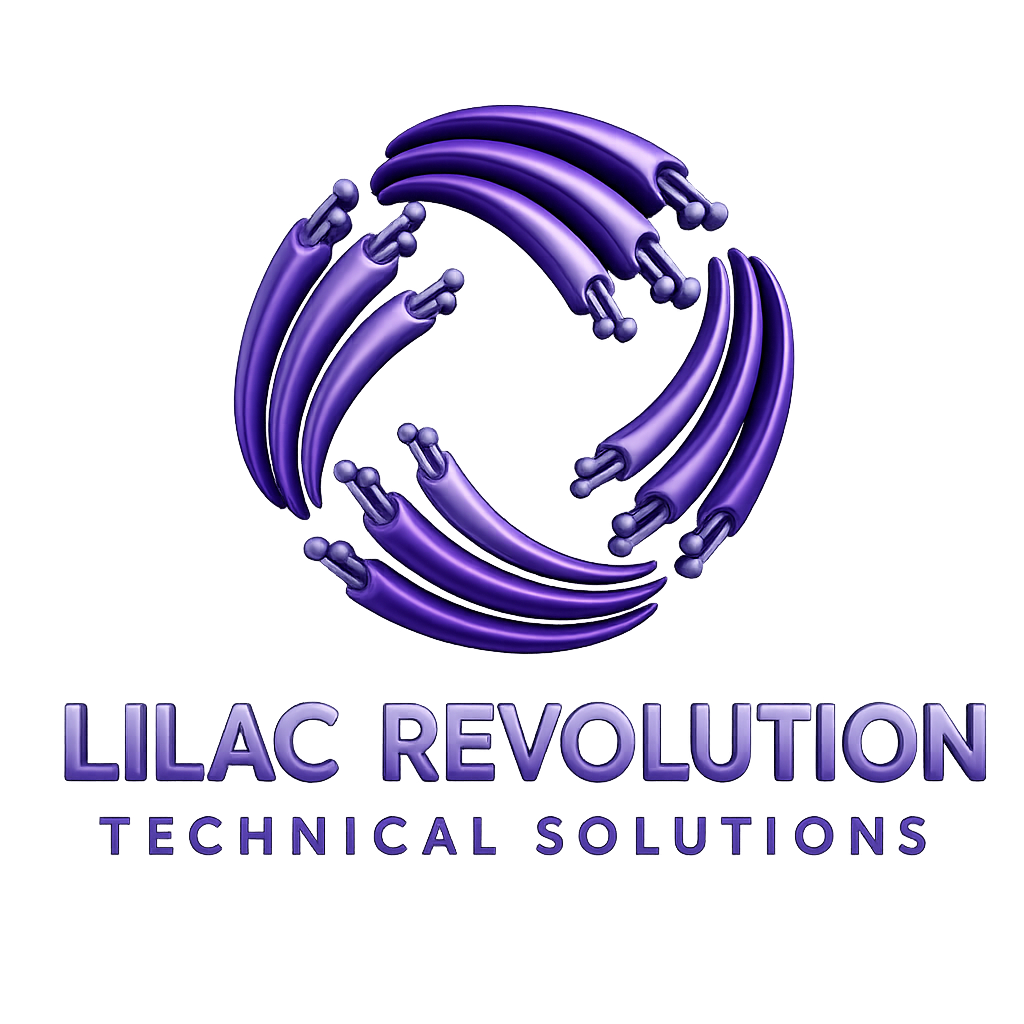The Essential Role of Project Management in Initial Scoping: Guiding Your Business to Success
Effective project management is crucial to ensuring that the initial scoping of potential work sets the foundation for success. By engaging in thorough project planning and scope definition, businesses can clearly outline their goals and align resources efficiently. This process involves significant stakeholder involvement to ensure that all perspectives are considered and integrated into the work scoping phase. A team should be dedicated to empowering businesses by offering tailored solutions that address their unique challenges, highlighting expertise in guiding projects to fruition. Whether you’re looking to enhance operational efficiency or navigate complex project scopes, a team needs to be ready to support and lead their client towards achieving your business objectives.## Understanding Initial Scoping

Initial scoping is a critical phase in project management that sets the foundation for success. Let’s explore its importance and key elements.
Importance of Project Management
Project management plays a vital role in initial scoping. It helps businesses define their goals, allocate resources, and plan for success.
Good project management ensures that all aspects of a project are considered from the start. This includes identifying potential risks and challenges.
By involving project managers early, companies can avoid costly mistakes and changes later in the project lifecycle. Project scope becomes clearer, leading to more accurate timelines and budgets.
Project managers bring valuable expertise to the table, helping stakeholders understand the full picture of what’s needed for project success.
Key Elements of Work Scoping
Work scoping involves several key elements that are essential for project success. These elements help define the project’s boundaries and expectations.
One crucial element is the project objective. This clearly states what the project aims to achieve and provides a guiding light for all decisions.
Another important aspect is defining deliverables. These are the tangible outcomes that the project will produce. They should be specific and measurable.
Timelines and milestones form another key element. These help track progress and ensure the project stays on schedule.
Lastly, resource allocation is vital. This includes identifying the people, tools, and budget needed to complete the project successfully.
Benefits of Early Stakeholder Involvement

Involving stakeholders early in the project process can lead to better outcomes and smoother execution. Let’s examine how this involvement impacts project scope and planning.
Defining Project Scope Together
When stakeholders are involved early, project scope becomes a collaborative effort. This approach leads to a more comprehensive and accurate scope definition.
Early involvement allows stakeholders to share their expectations and concerns. This input is valuable for shaping the project’s direction and avoiding misunderstandings later.
Stakeholders can also help identify potential challenges or risks that might not be apparent to the project team. This foresight can save time and resources down the line.
By working together on scope definition, stakeholders develop a sense of ownership in the project. This can lead to increased buy-in and support throughout the project lifecycle.
Collaborative scope definition also helps ensure that the project aligns with broader organizational goals and strategies.
Use techniques like stakeholder mapping and brainstorming sessions to elicit detailed requirements and deliverables, followed by validation and prioritization of these requirements and deliverables. By applying this technique the stakeholder can identify what is most important to them. This also helps the the stakeholders identify the first, second and third iteration of the product if there is room for planning an agile approach.
Collaboration in Project Planning
Collaborative project planning brings multiple perspectives to the table, resulting in more robust and realistic plans.
When stakeholders collaborate on planning, they can share insights about resource availability and constraints. This leads to more accurate scheduling and resource allocation.
Stakeholders can also contribute to risk assessment, helping identify potential issues and develop mitigation strategies. This proactive approach can prevent many problems before they occur.
Collaborative planning fosters better communication among team members and stakeholders. It creates a shared understanding of the project’s goals, timelines, and expectations.
This collaborative approach also helps in setting realistic expectations for project outcomes, reducing the likelihood of disappointment or conflicts later in the project.
Leading Your Business to Success

Effective project management and stakeholder involvement are key to leading your business to success. Let’s explore some strategies to achieve this.
Effective Communication Strategies
Communication is the backbone of successful project management. It ensures everyone is on the same page and working towards common goals.
One effective strategy is to establish regular check-ins with stakeholders. These can be weekly meetings or status reports that keep everyone informed of progress.
Using visual aids like charts or diagrams can help convey complex information quickly and clearly. This is especially useful when discussing project timelines or resource allocation.
Clear and concise documentation is another crucial aspect of communication. This includes well-defined project scope statements and regularly updated project plans.
Lastly, creating an open environment where team members feel comfortable sharing ideas and concerns can lead to better problem-solving and innovation.
Building a Strong Project Foundation
A strong project foundation is essential for long-term success. It sets the stage for smooth execution and helps prevent common pitfalls.
One key aspect of a strong foundation is thorough project scope management. This involves clearly defining what is and isn’t included in the project.
Another important element is setting realistic goals and expectations. This helps prevent scope creep and keeps the project on track.
Establishing clear roles and responsibilities from the start is also crucial. This ensures that everyone knows what’s expected of them and who to turn to for different aspects of the project.
Finally, implementing a robust change management process helps handle unexpected changes or additions to the project scope in a controlled manner.
